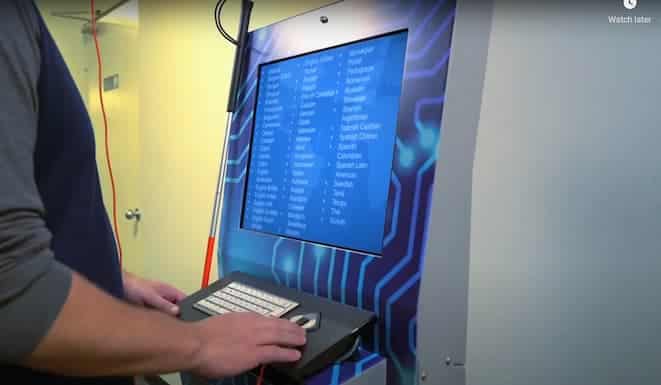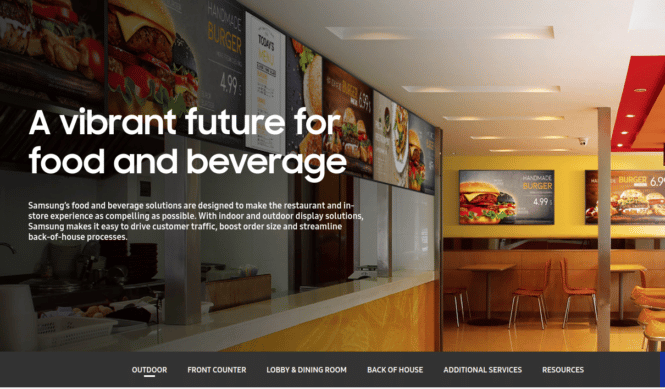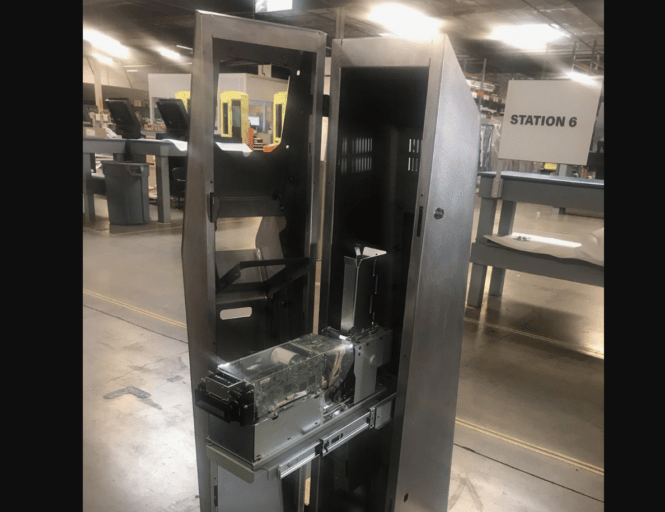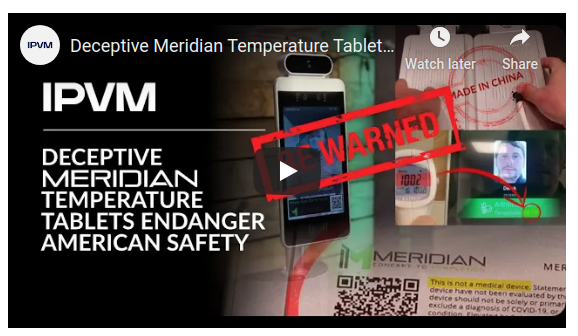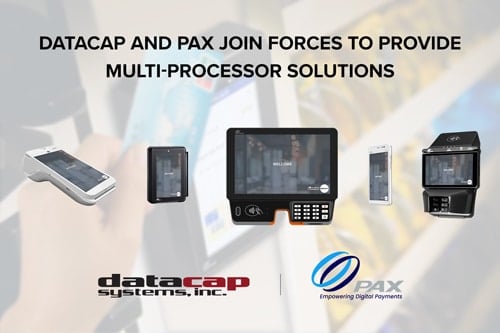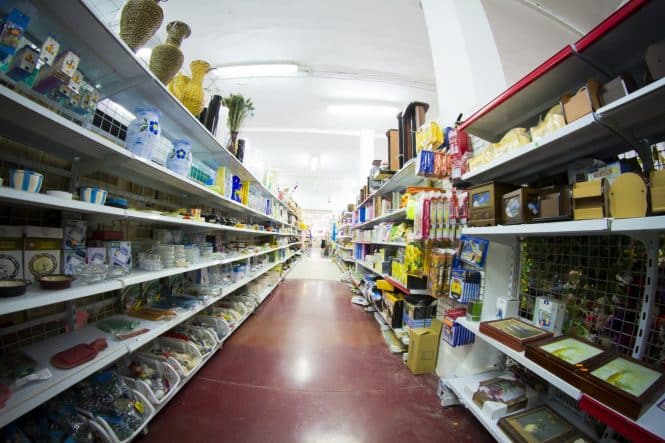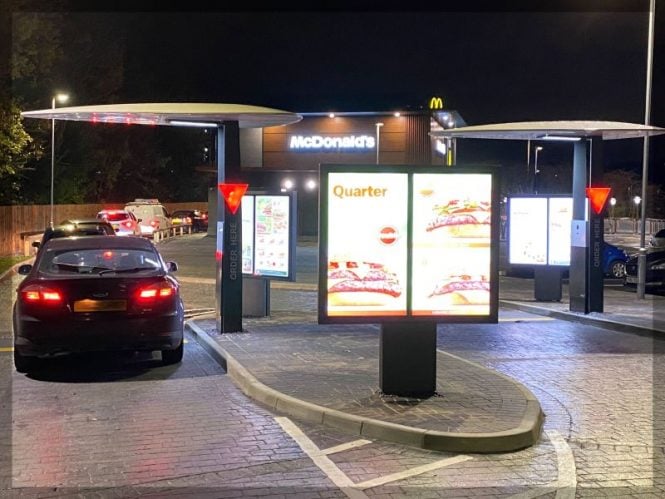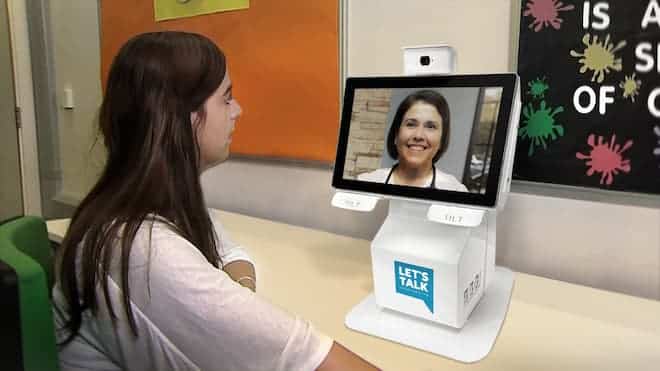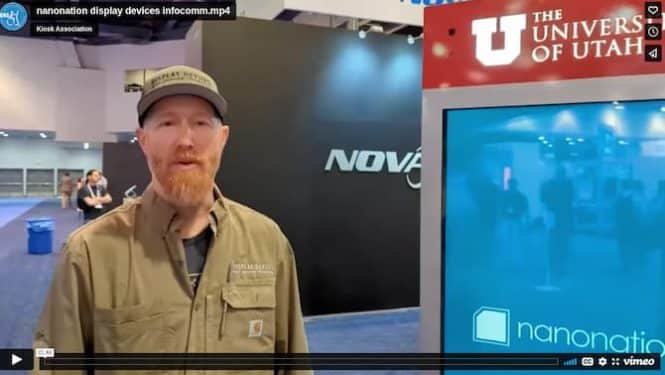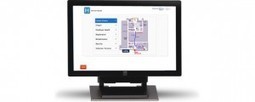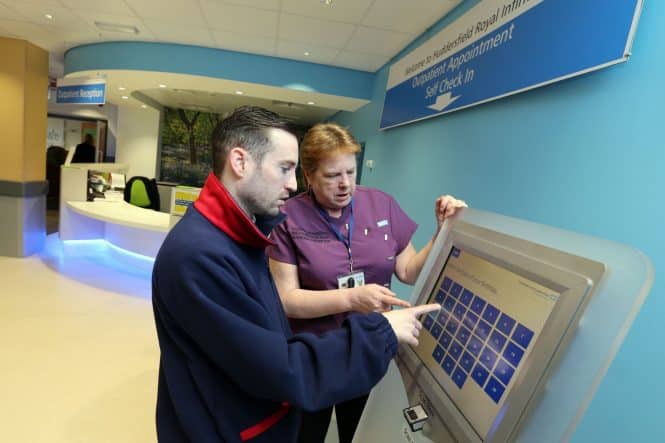iPad Kiosk – Hardware & Software
- Published on
We’re living in a connected society. From point of sale machines to personal computers and mobile devices, tech is everywhere. One benefit of this ever-growing technological world has been the widespread adoption of tablets & the iPad Kiosk. They exist to inform, to sell, to reduce overhead costs and to allow customers more control and empowerment.
The standard in the kiosk world is becoming a product that not only integrates tablets into a secure enclosure, but it’s also about having proper software installed and the correct mounting system as soon as you install a kiosk into your business. Incorporating all these items can’t be an afterthought anymore. Here are a few good examples of why.
Scenario Number One – Sluggish Software
You are the owner of a small chain of grocery stores. For quite some time, you have had the idea to install a tablet kiosk checkout solution. You place an order for new tablets, source enclosures for each one and add counter mounts to your checkout area. After hiring a local developer to write your software you begin to test your tablet kiosk solution. Throughout the testing phase everything is performing well, items are scanning correctly and the payment system seems to be working just fine. On launch day your kiosks are set up and ready to go and your customers are loving the new self-service checkout system! More people are using the system than anticipated and because of this, the system is overloaded and crashes. This leaves your customers with a negative in-store experience. Getting software that will stand the high usage demand is crucial!
Scenario Number Two – Unsecure Tablet Enclosures
You operate a coffee shop and are trying to install a tablet kiosk payment system. You buy a couple iPad tablets because of their reputation and excellent software. Launch day rolls around and you couldn’t be more pleased with your mount set up and the functionality your tablets are providing. But at the end of the day, your tablets are missing! Upon reviewing the security tapes, it seems that your tablet enclosures are to blame. The locks didn’t quite do their job. If only you had known about this issue before going live you could have saved your business thousands of dollars.
Scenario Number Three – Out of Date Hardware
You manage a museum with many complicated exhibits. One day you place an order for several tablets to enhance each experience in your museum. You hire a developer to code software and on the test setup it runs great. Problems arise when you notice that the tablets aren’t able to keep up with your new implementation. They are sluggish and unresponsive to most commands. You have the right software,perfect enclosures and you’ve invested in floor mounts to sit at your key exhibits. The dated tablet hardware has unfortunately made the final product useless.
These three examples show us that the most important factor in adding a successful tablet kiosk solution to any business, isn’t about having just the hardware. It’s not even about having the most user-friendly software. The key to success in this industry is having the whole package. Combine a well-built enclosure and mount, with a modern tablet and reliable software and you hold the key to the best interactive experience for you and your customer.
Does your business have a tablet kiosk? Haven’t installed one yet but thinking about it? Contact us today for more info.
More Posts
- Enclosures Tablet Kiosk(Opens in a new browser tab)
- How Square Made Its Own iPad Replacement(Opens in a new browser tab)
- Kiosk Group Revolution iPad Tablet Enclosure(Opens in a new browser tab)
- Revel Systems iPad Kiosk Point of Sale Launches(Opens in a new browser tab)
- So Which is Better for Visitor Registration? The iPad or the Android…(Opens in a new browser tab)



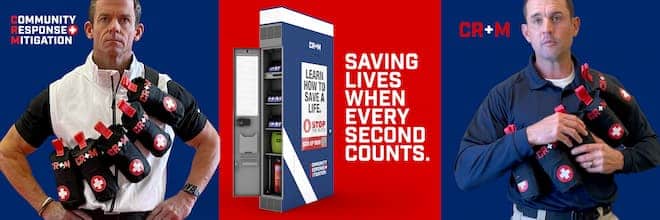


 RetailFreight.com is your single source destination for all your retail logistics and special project needs.
RetailFreight.com is your single source destination for all your retail logistics and special project needs. Professional
Professional Solutions
Solutions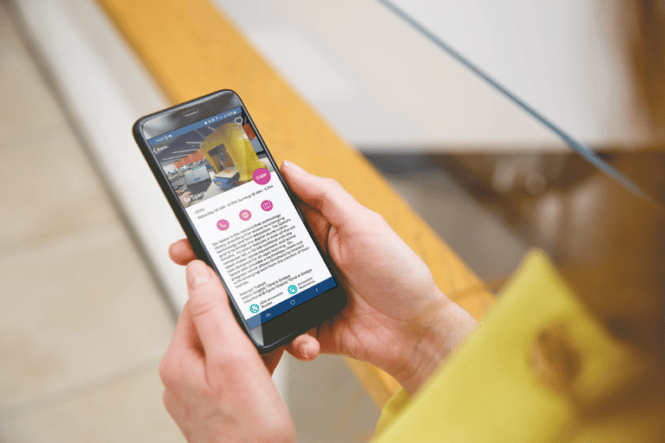
 The inaugural event, Open Omaha, was facilitated by
The inaugural event, Open Omaha, was facilitated by  To create the Open Omaha app, Nanonation’s development team took our already highly customizable Passport Application and tailored it to fit Omaha by Design’s needs. Which included branded colors, logo, fonts, and a area on the home page to recognize Open Omaha sponsors. Omaha by Design could then measure engagement through information, data, and metrics to provide insight into what locations participants frequented most.
To create the Open Omaha app, Nanonation’s development team took our already highly customizable Passport Application and tailored it to fit Omaha by Design’s needs. Which included branded colors, logo, fonts, and a area on the home page to recognize Open Omaha sponsors. Omaha by Design could then measure engagement through information, data, and metrics to provide insight into what locations participants frequented most.
